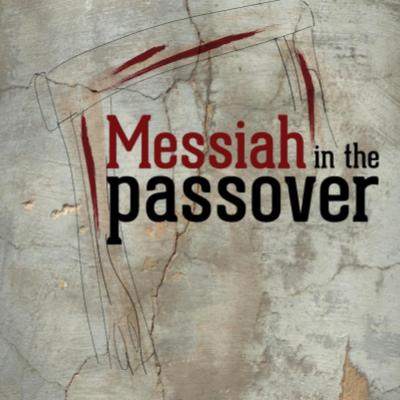
“The whole assembly of the congregation of Israel shall kill their lambs at twilight. Then they shall take some of the blood and put it on the two doorposts and the lintel of the houses in which they eat it.”
Exodus 12:6-7
Imagine bringing a one year old lamb into your house for two weeks. Think about how you and your children would bond with that sweet, innocent animal. This summer our family purchased a golden doodle puppy we named Jarvis.

We’ve had Jarvis for almost three months now, so the feelings are magnified. But after two weeks with that little furball we were already strongly attached. The point of bringing a lamb into your home for two weeks was so that families would feel that bonding and understand the cost of sin.
The original passover was the final judgment on Egypt – the last of the ten plagues. It has been well documented that the ten plagues were targeted at the gods of Egypt, with the LORD proving His supremacy over and over. Darkness for three days in the nation where they worshiped the sun above all, sent a clear and powerful message.
And the final plague – the death of the firstborn – was aimed directly at Pharaoh, who also claimed to be divine. When the firstborn son of Pharaoh, the next in line for the throne and for that divine status, was struck dead, it was the final proof that the God of Israel reigned supreme over the gods of Egypt. It was no contest.
But we don’t remember this event as “the plague” or “the curse” we remember it as The Passover. By killing that sweet little lamb and applying its blood to the doorposts of their home, the Jewish people were protected from the angel of death.
“The blood shall be a sign for you, on the houses where you are. And when I see the blood, I will pass over you, and no plague will befall you to destroy you, when I strike the land of Egypt.” Exodus 12:13
God promised judgment on those who refused His means of protection. There was only one means provided – a spotless, one year old lamb. All who used that means were safe. All who refused that protection were exposed to the wrath of God.
The blood of the lamb was the focus of the passover event, but there are dozens of other details in a Passover Seder (service) that illuminate the central meaning of that deliverance. Here are just a few details we will experience together Sunday (10/17/21).
- The four questions Jewish children have always asked on Passover night.
- The bitter herbs you taste to remember the bitterness of slavery in Egypt.
- The sweet apple-mix (Charoset) to taste the sweetness of God’s presence even in the suffering of slavery.
- The Unity – three whole pieces of matzoh bread, placed together in folds of a single napkin.
- The Afikomen – the center piece of that bread is removed, broken and half of it hidden away to be found later.
- The Four Cups – punctuating the meal are cups of wine (now grape juice) to remember the key themes of the Passover.
“The next day again John was standing with two of his disciples, and he looked at Jesus as he walked by and said, ‘Behold, the Lamb of God!’“ John 1:35-36
John the Baptist identified Jesus not only as the “One who was to come” – the Messiah of Israel – but as the sacrificial lamb pictured in the Passover meal. In Jesus we not only have protection from the wrath of God to come, but we have the innocence and purity of that perfect sacrifice, applied to us.
As we remember the Passover and then celebrate communion together this Sunday, picture Jesus as your Passover Lamb – precious, innocent, beautiful. Reflect on the cost of your salvation – that innocent One had to be slaughtered for us to be saved. But because the Lamb of God willingly laid down His life, we have no fear of future condemnation or judgment from God, instead we have peace with God as we rejoice in His redemption!
